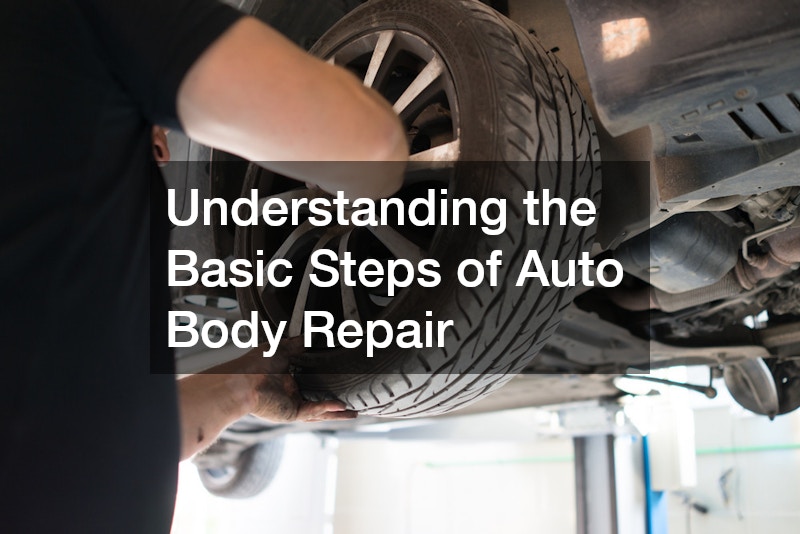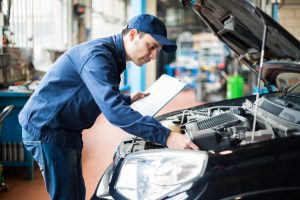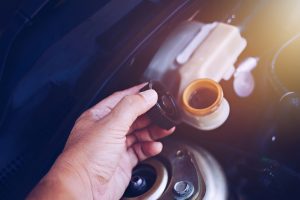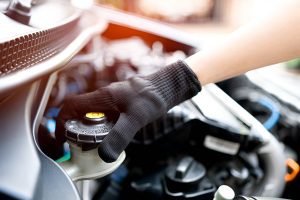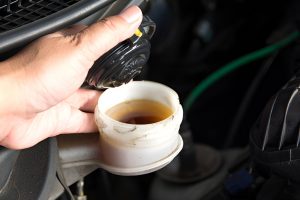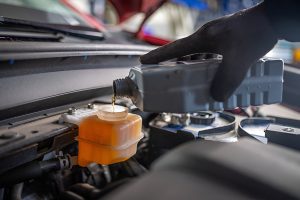Auto body repair is a process that restores a vehicle’s structure and appearance after an accident or damage. Whether it is a minor dent, a deep scratch, or significant frame damage, the repair process requires skilled technicians, specialized tools, and a series of carefully planned steps to bring the vehicle back to its pre-damage condition. Understanding these steps can help car owners know what to expect when their vehicle is undergoing repairs, ensuring that they receive quality service and a seamless restoration.
Damage Assessment and Estimate
The first stage of auto body repair begins with a thorough assessment and damage evaluation. Technicians carefully inspect the vehicle to determine the extent of the damage, both visible and structural. This inspection may involve lifting the car, checking the undercarriage, and using computerized diagnostic tools to identify issues that are not apparent to the naked eye. Many repair shops work directly with insurance companies to provide accurate estimates, detailing the cost of parts, labor, and the time required for repairs. This phase is crucial in developing a repair plan that ensures every issue is addressed efficiently.
Disassembly and Structural Repair
Once the damage has been assessed, the next step involves disassembling the affected areas to expose any hidden structural damage. If the damage is extensive, technicians remove damaged panels, bumpers, and other components to inspect the internal framework of the car. Structural integrity is critical to vehicle safety, so any misalignment in the frame must be corrected using precision machinery. Specialized tools such as frame straightening machines help bring the car’s structure back to factory specifications. If certain parts are beyond repair, they will need to be replaced with new or refurbished components that match the manufacturer’s standards.
Body Panel Restoration
After the structure is realigned and any damaged parts are removed, the repair process shifts to the restoration of body panels. Technicians use advanced techniques to repair dents, scratches, and minor imperfections. For small dents, paintless dent repair may be an option, allowing the body to be restored without repainting. In cases where the damage is more severe, technicians may need to use body filler to smooth out the surface. Once the filler is applied, the area is carefully sanded down to match the original shape of the panel. The goal at this stage is to ensure that the repaired surface seamlessly blends with the surrounding area, creating a flawless base for refinishing.
Painting and Refinishing
The next step is the painting and refinishing process, which requires meticulous attention to detail. Auto body repair professionals begin by priming the repaired surface to create a smooth foundation. The primer must be allowed to dry and then sanded to remove any imperfections. Once the surface is ready, color-matching technology is used to ensure that the new paint perfectly matches the original color of the vehicle. The paint is then applied in multiple layers, followed by a clear coat to protect the finish and provide a glossy, factory-quality appearance. The vehicle is placed in a controlled environment to ensure that the paint cures properly, preventing dust or contaminants from affecting the finish.
Reassembly and Mechanical Repairs
Reassembly is the next phase, where all removed components are carefully put back in place. If parts such as lights, mirrors, or trims were removed earlier in the process, they are securely reinstalled to ensure functionality. Technicians conduct final checks to verify that every component fits correctly and operates as intended. If the vehicle had any mechanical damage related to the accident, such as misaligned suspension or broken sensors, these issues are also addressed during this stage.
Final Inspection and Detailing
Once the reassembly is complete, the final stage of auto body repair involves quality control and detailing. The vehicle undergoes a comprehensive inspection to ensure that all repairs have been performed correctly and that there are no remaining defects. This process may include test-driving the car to confirm that all systems are functioning as expected. The vehicle is then cleaned thoroughly, including polishing the newly painted surfaces and detailing the interior to remove any dust or debris that may have accumulated during repairs.
Understanding the process of auto body repair helps car owners make informed decisions when choosing a repair shop and ensures that they know what to expect during the restoration process. From assessing the damage to painting and final inspections, each step plays a crucial role in bringing a damaged vehicle back to life. By trusting skilled professionals and ensuring that quality materials and techniques are used, car owners can drive away with confidence, knowing that their vehicle has been restored to its original condition.
.


